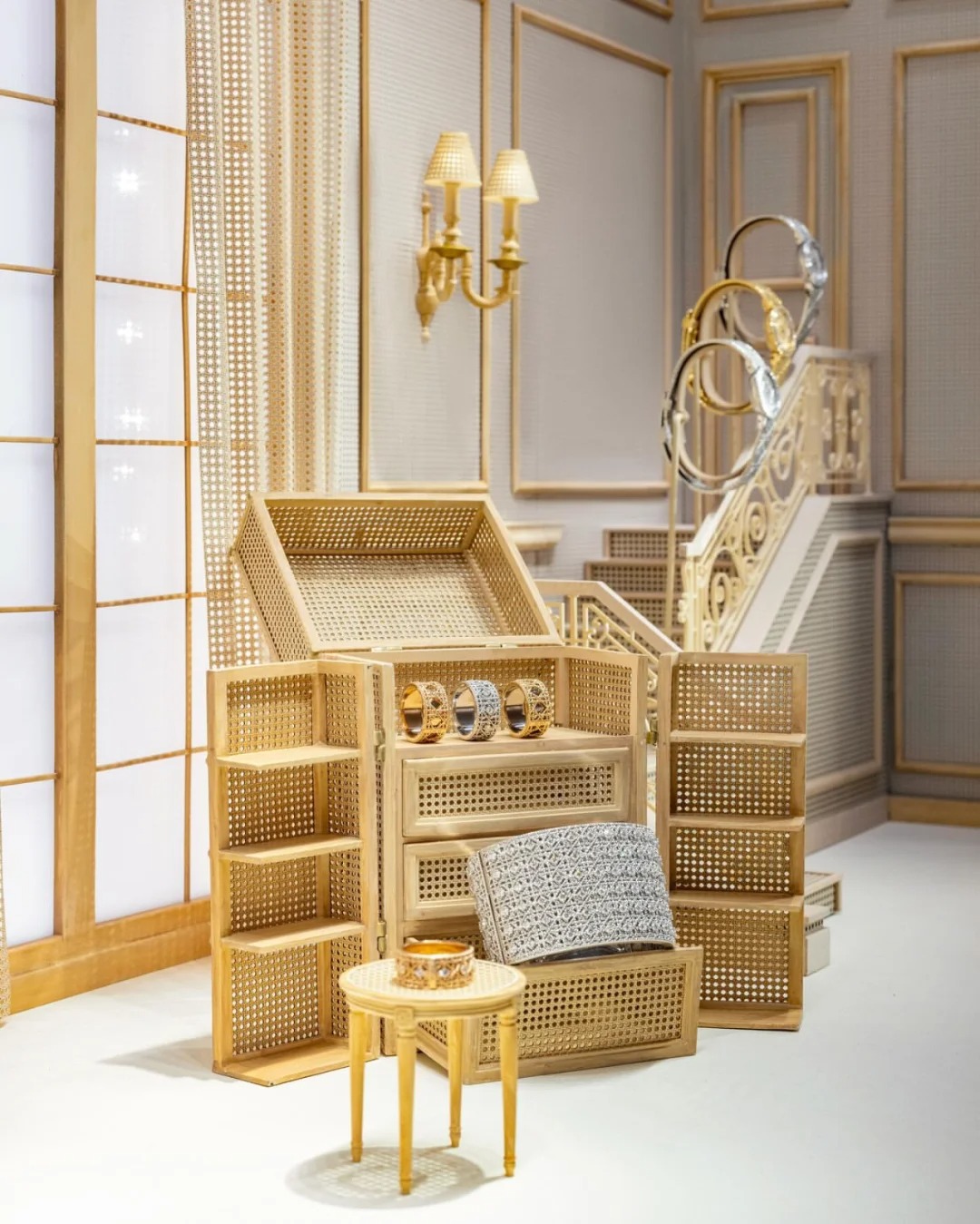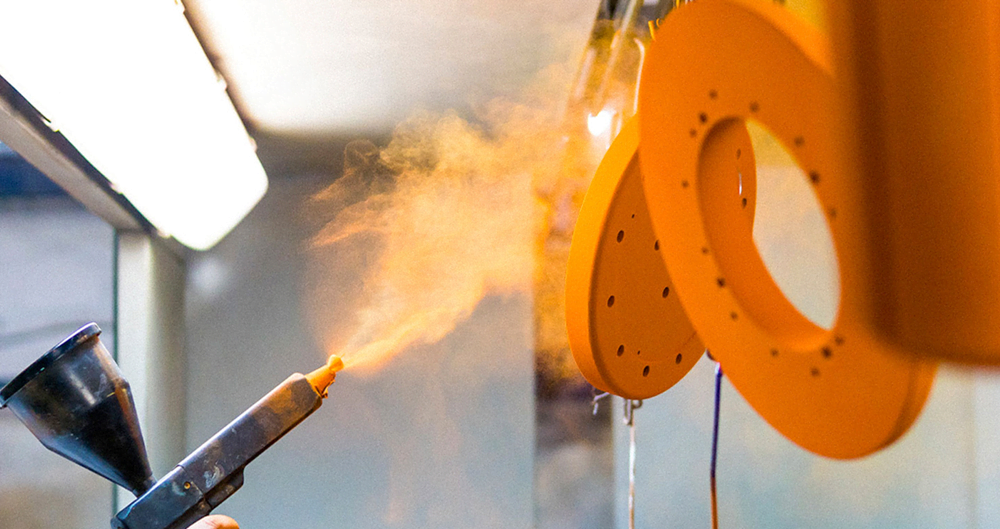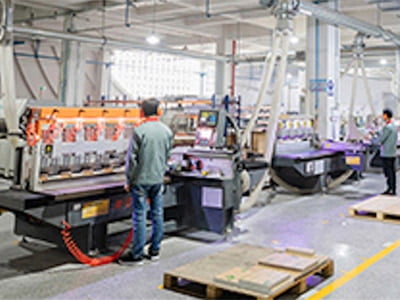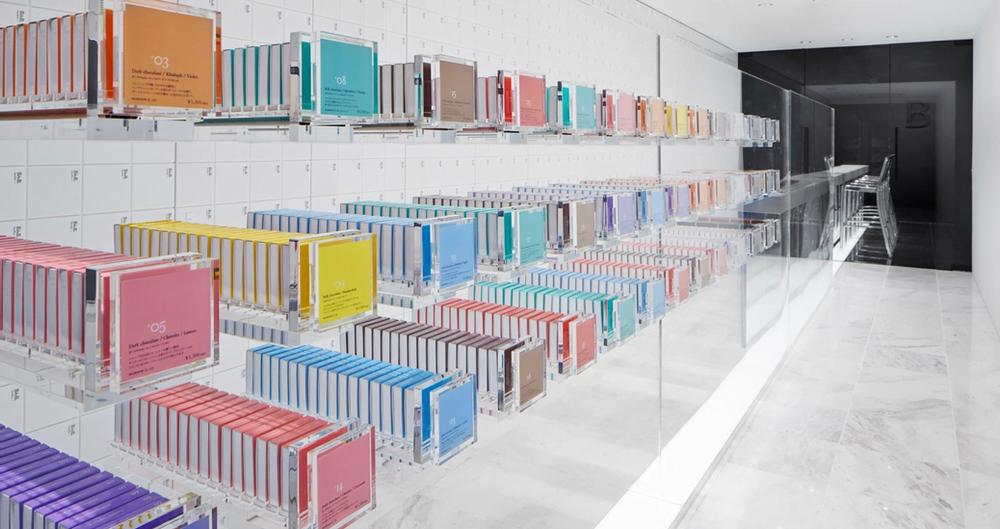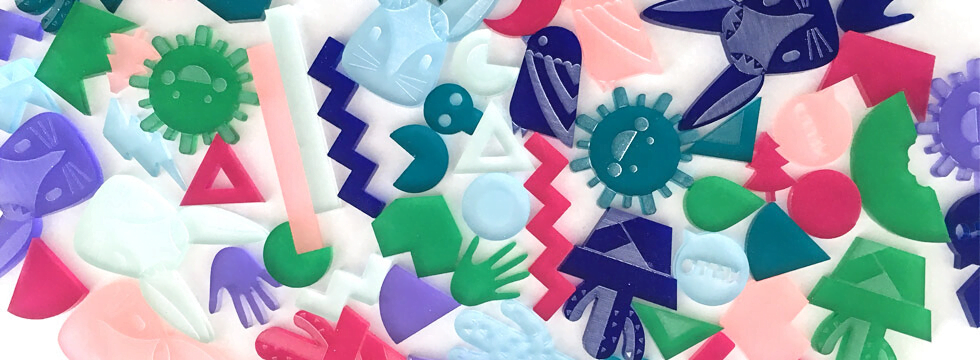Understanding the Environmental and Financial Impact of Traditional Materials
Table of Contents
By Yan Luo | Samtop Display
Using PVC in POP displays comes with significant long-term costs, not only in terms of environmental impact but also in financial terms. While PVC and other traditional materials may seem cost-effective initially, the environmental consequences and the lack of recyclability lead to hidden costs. By switching to eco-friendly materials like biodegradable plastics, recycled materials, and natural fibers, you can reduce waste, improve your brand’s image, and save money over time.
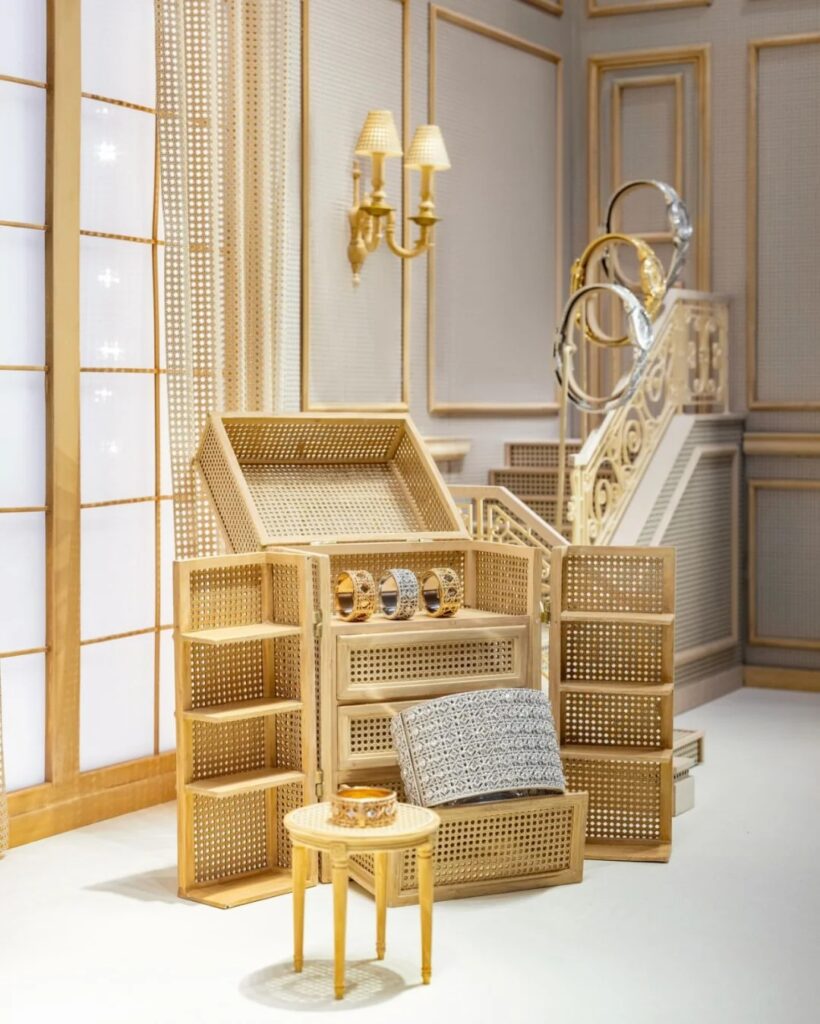
At Samtop, we help brands transition to eco-friendly POP displays that align with both budget goals and sustainability initiatives, ensuring both financial success and environmental responsibility.
🌍 Why PVC is No Longer the Best Option for POP Displays
The Hidden Costs of PVC
PVC (Polyvinyl Chloride) has been a staple in POP displays due to its low upfront cost, versatility, and ease of production. However, there are long-term costs associated with its use that can significantly outweigh the initial savings.
The Environmental & Financial Impact
PVC poses serious risks to the environment and can create hidden costs for businesses that choose to use it. Here’s why PVC is no longer a sustainable option:
- Non-Biodegradable: PVC takes hundreds of years to decompose in landfills, contributing to the global plastic waste crisis.
- Toxic Emissions: During production and disposal, PVC releases harmful chemicals, including dioxins, which can negatively affect the environment and human health.
- Difficult to Recycle: Unlike many other materials, PVC is challenging to recycle, leading to higher waste generation and environmental pollution.
- Higher Waste Management Fees: PVC’s poor recyclability leads to more waste ending up in landfills, which increases the cost of waste management.
- Damaged Brand Reputation: Eco-conscious consumers are increasingly concerned about sustainability, and continued use of PVC may tarnish your brand’s reputation, reducing sales and customer loyalty.
The Benefits of Eco-Friendly Materials
Switching from PVC to eco-friendly materials like biodegradable plastics, recycled plastics, and natural fibers provides numerous benefits, both environmentally and financially.
Key Benefits of Switching to Eco-Friendly Materials
| Material | Environmental Impact | Cost Benefits | Applications |
|---|---|---|---|
| Biodegradable Plastics | Reduced environmental footprint, breaks down quickly in landfills | Lower disposal costs, improved brand image | Short-term POP displays, packaging |
| Recycled Plastics | Conserves natural resources, promotes circular economy | Resource conservation, recyclable again | Durable long-term displays |
| Natural Fibers | Rapid renewal, minimal carbon footprint | Sustainable, premium aesthetics | Premium retail setups, displays |
| Upcycled Materials | Reduces waste, unique, creative look | Low-cost, unique materials | Premium displays, branded events |
Why Switch to Eco-Friendly Materials?
Biodegradable Plastics
- Overview: Biodegradable plastics, made from renewable resources like corn starch, break down naturally in the environment, reducing landfill waste.
- Benefits:
- Reduced environmental footprint as biodegradable plastics decompose quickly.
- Lower disposal costs as they do not require expensive landfill management.
- Cost Consideration: While they may have higher initial costs, biodegradable plastics offer long-term savings through lower disposal fees and improved brand image.
Recycled Plastics (rPET)
- Overview: Recycled plastics, such as rPET, are made from repurposed plastic products, reducing the need for virgin materials.
- Benefits:
- Conservation of natural resources by reusing materials.
- Can be recycled again, promoting circular economy.
- Cost Consideration: Recycled plastics are typically more expensive than PVC but provide long-term environmental benefits.
Natural Fibers (Bamboo, Hemp, Cotton)
- Overview: Natural fibers like bamboo, hemp, and cotton provide a sustainable, lightweight, and durable material for displays.
- Benefits:
- Rapid renewal; materials like bamboo grow quickly.
- Provides a premium look for eco-conscious consumers.
- Cost Consideration: Higher initial costs are outweighed by the long-term environmental benefits, especially in premium retail spaces.
Real-Life Examples of Brands Switching to Eco-Friendly POP Displays
Brand Example 1: Starbucks
Starbucks switched to using recycled paper and biodegradable plastics in their in-store displays and packaging.
- Financial Impact: Reduced disposal costs, increased customer loyalty from eco-conscious consumers, and a stronger brand image.
- Brand Benefits: Starbucks solidified its position as a leader in sustainability, attracting more eco-conscious customers and boosting its market share.
Brand Example 2: IKEA
IKEA adopted bamboo and recycled plastics in their POP displays and packaging.
- Financial Impact: IKEA found that the upfront investment in eco-friendly materials paid off through operational savings, especially waste management, and stronger brand loyalty.
- Brand Benefits: IKEA has strengthened its market position as a sustainability leader, attracting more eco-conscious consumers.
Long-Term ROI: Why Eco-Friendly Displays Are Worth the Investment
While eco-friendly POP displays come with higher upfront costs, the long-term benefits greatly outweigh the initial investment.
- Lower Waste Disposal Costs: Biodegradable and recyclable materials reduce waste disposal costs, benefiting your bottom line.
- Improved Brand Loyalty: Eco-conscious consumers are more likely to support brands that prioritize sustainability, resulting in higher customer retention and increased sales.
- Regulatory Compliance: Staying ahead of tightening environmental regulations will save costs related to fines or non-compliance.
Tip:
Lifecycle cost analysis helps brands evaluate long-term savings related to waste management, customer loyalty, and regulatory compliance.
💬 FAQ Schema
Q: Is PVC recyclable?
✅ PVC can technically be recycled, but the process is costly and inefficient compared to other plastics. It is not widely accepted in most recycling programs, leading to higher environmental costs.
Q: What is the cost difference between PVC and biodegradable plastics?
✅ Biodegradable plastics generally cost more upfront than PVC, but the long-term savings from reduced waste and improved brand perception make them a better investment.
Q: Are eco-friendly displays just for premium brands?
✅ No, eco-friendly displays can be used by any brand. Brands of all sizes are shifting toward sustainability due to consumer demand and long-term financial benefits.
Q: How can I calculate the long-term ROI of switching to eco-friendly materials?
✅ Calculate the upfront costs of eco-friendly materials, then factor in long-term savings such as lower disposal fees, increased consumer loyalty, and savings from recycling programs.
✅ Conclusion: Switching to Eco-Friendly POP Displays is a Smart Investment
✔️ PVC is no longer the best option for POP displays due to its environmental impact and hidden costs.
✔️ Biodegradable plastics, recycled materials, and natural fibers offer more sustainable alternatives that align with modern consumer values and business needs.
✔️ Brands that switch to eco-friendly materials experience long-term financial savings, enhanced brand loyalty, and a positive market reputation.
At Samtop, we specialize in providing cost-effective eco-friendly POP displays that are designed to meet your budget and sustainability goals, helping your brand stand out while making a positive impact on the planet.
📩 Need Help Transitioning to Eco-Friendly POP Displays?
At Samtop, we:
- Offer sustainable display solutions that help you make the switch to eco-friendly materials.
- Provide customizable designs that align with your brand and budget.
- Help you create impactful, environmentally responsible displays that engage your customers.
📧 Email: [email protected]
🌍 Website: www.samtop.com
